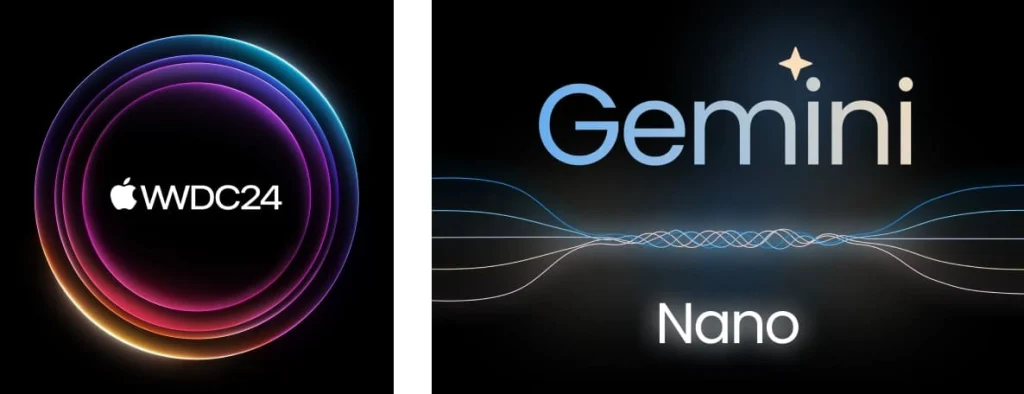Transform Your Mobile Apps With 2024's Leading Development Trends!

Evolving Mobile App Development Trends
AI In Coding



If you are a student wanting to practice or use AI for coding, you can get a free copy of Github Student Developer Pack and learn to ship software like a pro!
AI Features In Apps

5G Adoption

Foldable/Flip Phone
Foldable and flip phones are gaining popularity, with brands like Samsung, Huawei, Xiaomi, Google, and Oppo releasing new models annually. Samsung launched the fifth generation of the Galaxy Z Fold on August 23, while Huawei’s Mate X3 was released on April 24. We can expect another wave of updated devices in 2024. Although Apple has yet to release any foldable devices as of April 2024, it seems likely they will join this trend soon.

This shift means mobile apps need to deliver excellent experiences in both folded and unfolded modes. In narrower portrait mode, apps should be optimized for ease of use, while in unfolded mode, they should take advantage of the larger, mini tablet-like screen. For flip phones, developers need to decide whether their apps will support the small external screen when the phone is closed or require the phone to be open for full functionality.
Super Apps


Mobile Security

Cross-Platform App Development


Further Reading:
Localisation

Smartwatch Integration

Low Code/No Code Platforms
Innovate The Latest Mobile App Development Trends With Red Ant Technology Sdn Bhd!
Schedule a Call
Looking for a trusted app developer to turn your ideas into reality? Contact Us today.



